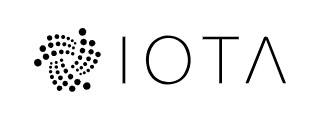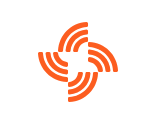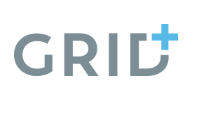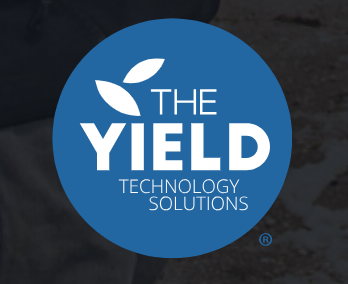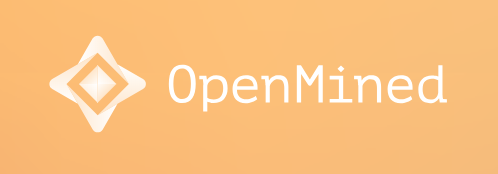The Internet Of Trusted Things
Also AI
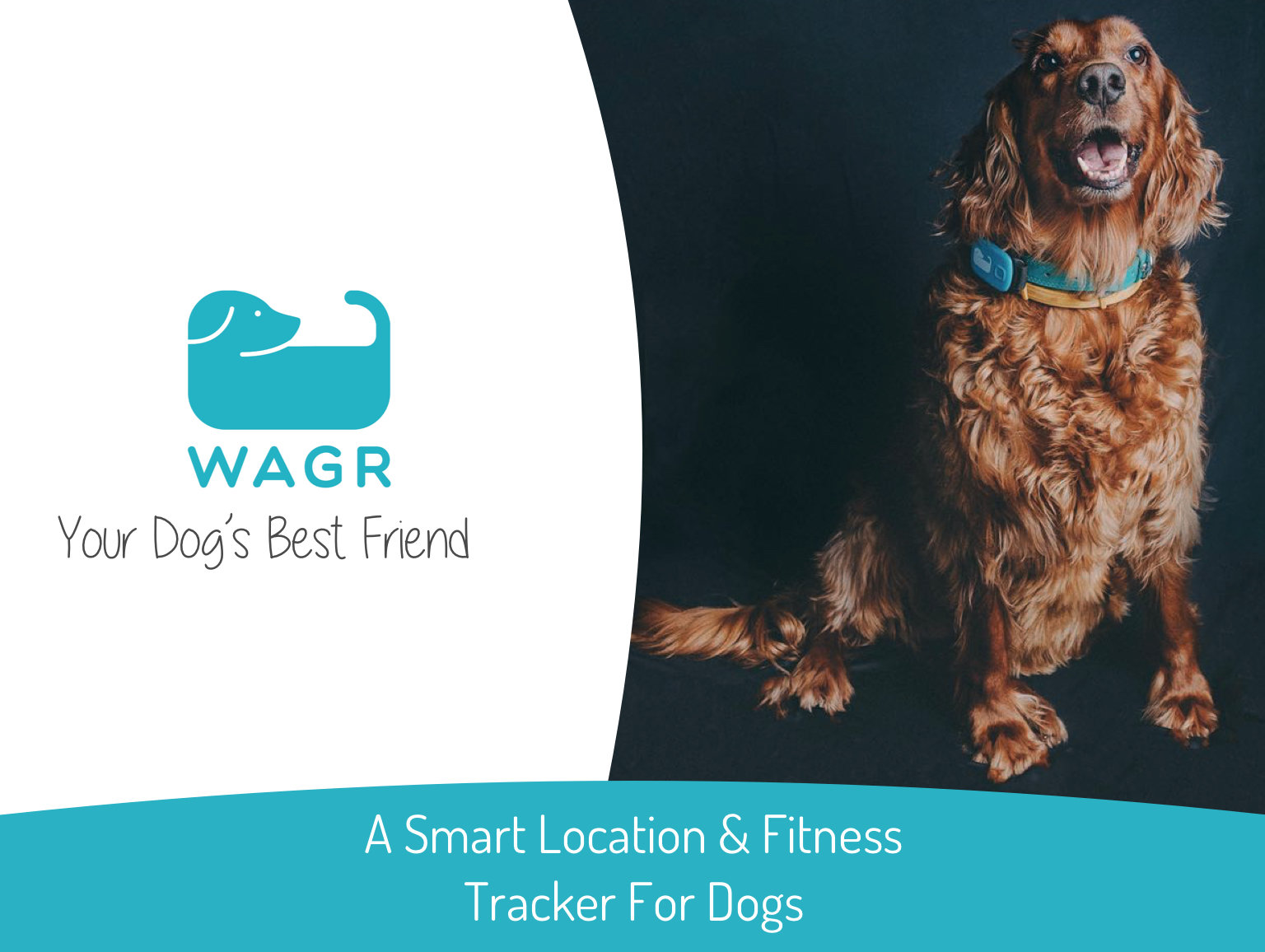
What I do (mostly)
A glimpse of the future
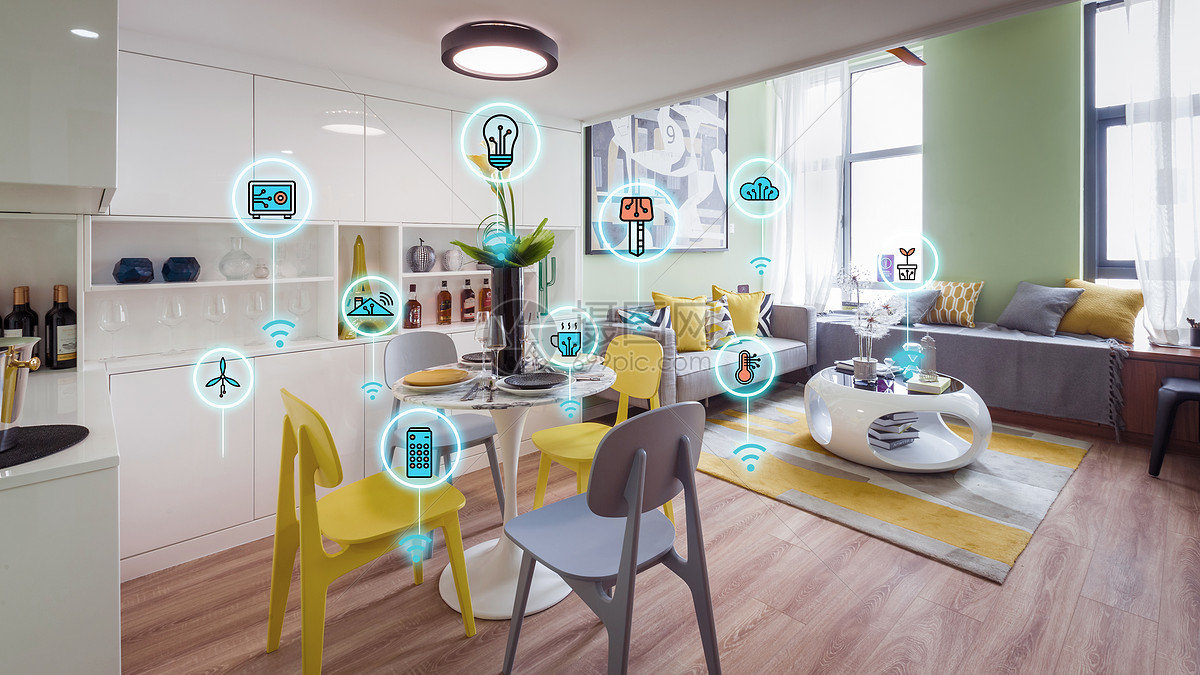
What exactly is IoT?
The interconnection via the Internet of computing devices embedded in real-world objects, enabling them to send and receive data.
Consumer IoT
Oriented towards individual users or families. Products like Amazon Echo and Google Nest.
Commercial IoT
Used by businesses and organisations. Applications like smart power and lighting.
Industrial IoT
Used by new and existing automated industrial systems. Manufacturing robots, pipeline maintenance systems etc
Trends in IoT
8.4 Billion
2017
20 Billion +
2020
100 Billion +
2025
$11 Trillion annually by 2025, of which 70% to come from B2B. - GE
Disconnecting from the network would mean disconnecting from much of society. No hospital care, no TV, no news services, no telephone. Some will attempt it but most will not. - Hume Winzar
Gartner Research
The edges are becoming smaller and smarter - Moore's Law?
Current IoT Architectural Paradigm
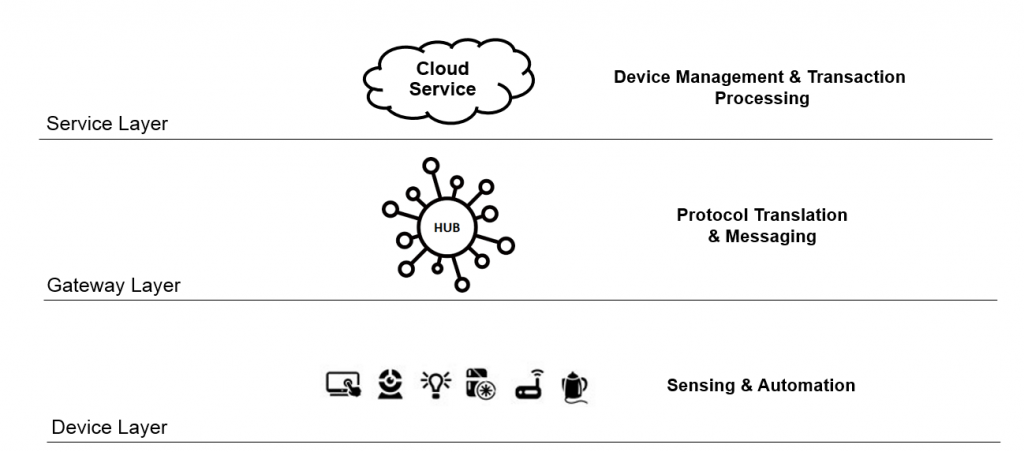
Client - Server Architecture
Problem Areas
Device Management
-
How do connected things describe themselves to the IoT ecosystem?
- Device Type
- Serial Number
- Data Formats
- How do we manage data as devices send data to cloud-based platforms?
Semantic Standards
- How do we onboard and offboard devices?
Security
- Has the device been tampered with?
- Has the transmission of data been listened to?
- Has the message been delivered?
More On Security
- Highly vulnerable to malicious attacks like DDOS, Man in the middle
- Stuxnet
- Mirai
- Only the big players can afford to put adequate security measures in place
- Large teams to patch bugs
- Over the air update capability
- Backend infrastructure
- Majority of the growth will be driven by small companies from developing countries
- Low profit margins
- No brand recognition incentive
- Negligible OTA capability
A Few Perspectives
"The trend toward connectivity is irreversible, but there will be at least one major crisis where a widely used internet-connected thing is hacked/compromised with highly visible results that ‘bends the curve’ toward better security (primarily security practices) by vendors of internet-connected things."
"Making it all safe will be one of the main industries of the future. We’ll take the cyber-muggings (and worse) with the new world – just in the way we’ve always taken the new dangers (auto crashes, chemical poisonings) as a natural part of the inevitable march of progress.”
"Encryption is key to protecting devices and the information they hold within, especially as everything becomes more interconnected. Yet governments and marketers alike wish to weaken privacy and encryption in favor of greater surveillance capability. This puts everyone in danger."
Enter Blockchain (or any other DLT)
The distributed ledger offers the promise of creating an environment for IoT networks where there can be trust, anonymity, and effective contracts between parties without any single vendor being in charge, and without requiring any party to trusted above any other.
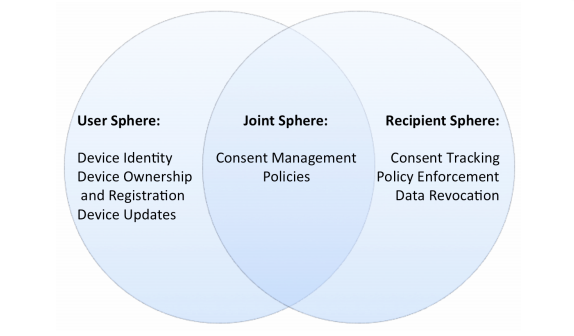
Identity
Security
Interoperability
Problems With Implementation
- Mining is particularly computationally intensive, while the majority of IoT devices are resource restricted.
- Mining of blocks is time consuming while in most IoT applications low latency is desirable.
- Blockchains scale poorly as the number of nodes in the network increases. IoT networks are expected to contain a large number of nodes.
- The underlying BC protocols create significant overhead traffic, which may be undesirable for certain bandwidth-limited IoT devices.
Resource Constraints
Solution Approaches
High TPS, Low Latency DLTs
Standards Consortiums
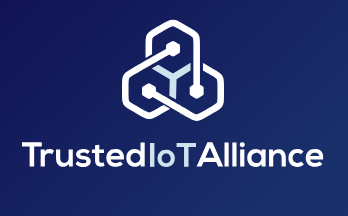
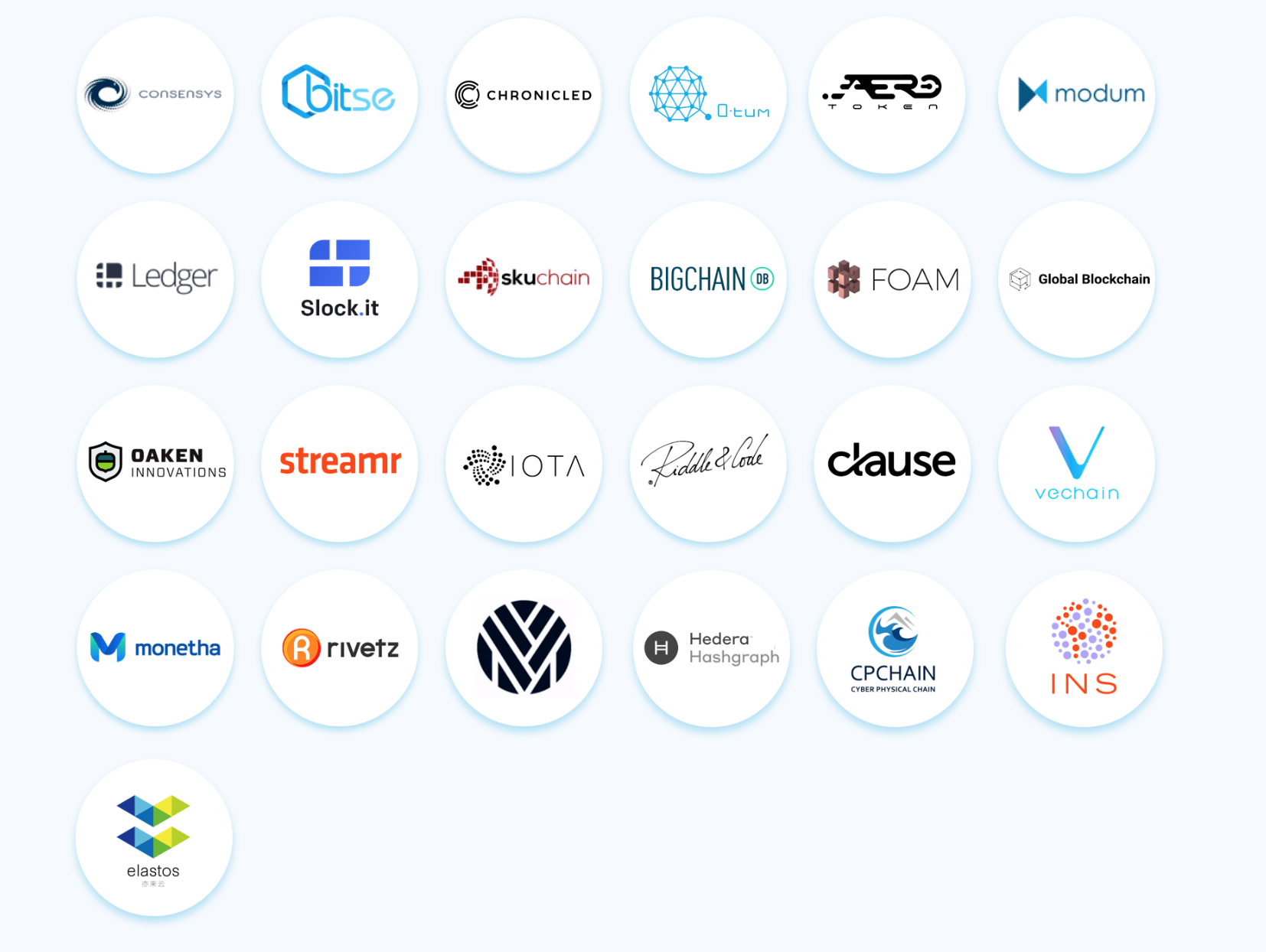
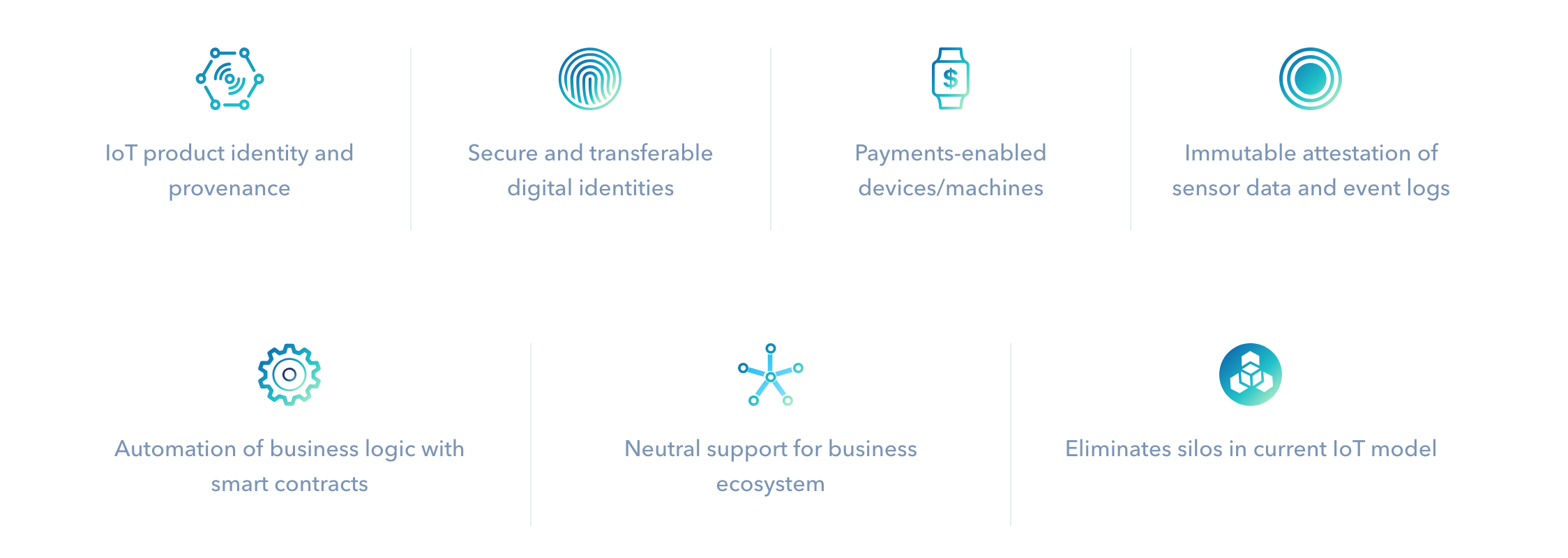
Other Use Cases
Decentralised Data Marketplaces
Streamr
Synapse AI
Supply Chain
Other Use Cases
Energy Markets
Agriculture
Decentralised AI using Federated Learning

